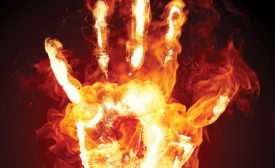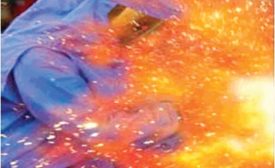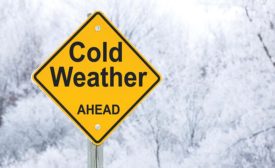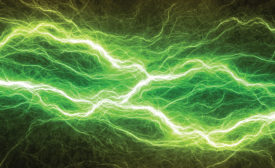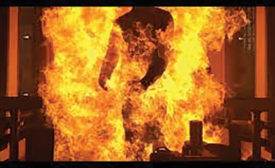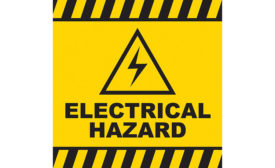FR Protection
Protecting hands from shock & arc flash
A new ASTM standard will broaden your choices
May 11, 2017
Know all the causes of arc flash accidents
Are careless employees always to blame?
March 1, 2017
What you should know about NFPA 2112
Its FR performance criteria might not satisfy your needs
August 2, 2016
Never miss the latest news and trends driving the safety industry
eNewsletter | Website | eMagazine
JOIN TODAYCopyright ©2024. All Rights Reserved BNP Media.
Design, CMS, Hosting & Web Development :: ePublishing


